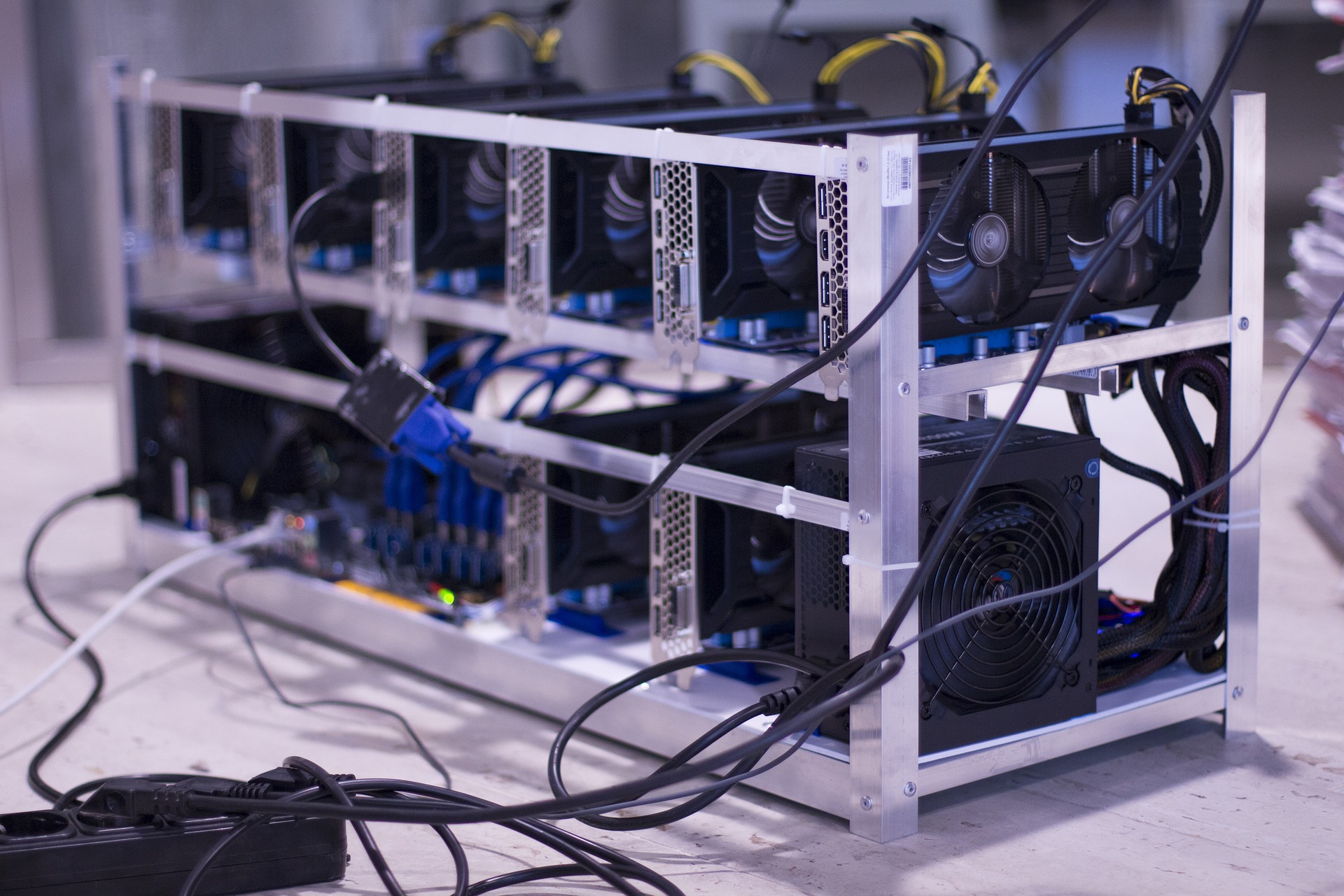Bitcoin Gold Hard Fork At Block 536,200
Bitcoin Gold was founded with the decentralization of mining in mind, adopting algorithms which ASICs cannot mine on. Many critics of ASIC mining machines see these specialized pieces of hardware as a source of centralization, as ASICs can be bought en-masse, putting a copious amount of relatively affordable hash power into the hands of a single entity.
A group of individuals thought it best to build off of this criticism, forking off the main ASIC-infested Bitcoin blockchain into Bitcoin Gold in October 2017. BTG first enlisted the use of the Equihash algorithm, which was ASIC-resistant at the time. In the nine months since then, new Equihash ASICs have begun to edge out GPU miners, with these specialized machines offering an exponentially higher dollar/hash ratio.
On Tuesday, the Bitcoin Gold team announced that it had successfully implemented a network upgrade by initiating a hard fork on the 536,200 BTG block. The release from the Bitcoin Gold team member, Edward Iskra, noted that the upgrade changed the mining algorithm for BTG. With the algorithm changing from Equihash to an updated version of the aforementioned algorithm, fittingly named Equihash-BTG.
This upgrade is an attempt to keep ASICs away from the network, introducing a layer of ASIC-resistance that should stave off any attempts at centralizing BTG mining. Although successful so far, it is likely that ASIC manufacturers may pick up on the new Equihash-BTG algorithms moving into the future.
The May BTG 51% Attack
Bitcoin Gold experienced a 51% attack in May, amongst growing fears of similar attacks on other blockchains. The double-spend attack saw $18 million worth of BTG being exploited by the malicious attackers, getting a nice payday from the attack.
According to analysis from the cryptocurrency community and BTG team, the 51% attack was a result of rented hash power, which may have consisted of ASIC miners. The new algorithm ensures that there is no rental market for Equihash-BTG miners, making the upgraded blockchain more secure.
Edward Iskra wrote:
The recent “51%” attacks, which may or may not have involved ASIC miners, were channeled through hashpower rental markets – but with this change in algorithm, there’s no longer a rental market for the algorithm we’re using, and it’s harder to set one up than before. This means more safety.
Additionally, this hard fork also introduces a new difficulty adjustment system, ensuring that the BTG blockchain is responsive to large hash power shifts.
LWMA, the improved difficulty adjustment algorithms, allows for the better stabilization of block times, assuring that a new block gets pushed out approximately every 10 minutes after a hashrate swing. Iskra chalked up this change to the auto-switching method which miners enlist to receive the most mining profits.
The release stated:
Our improved algorithm will help the blockchain adjust more quickly, providing a steadier flow of blocks.
Rising Bitmain Power On New Algorithms
Bitmain is one of the most influential companies in the cryptocurrency space, reportedly generating over $3 billion in profits in 2017 alone. The ASIC manufacturer historically built ASICs for the SHA-256 and Scrypt algorithms, or for Bitcoin and Litecoin respectively. However, Bitmain has recently started creating new ASICs for algorithms that were previously ASIC-resistant, algorithms like Equihash and EthHash.
These news ASICs have begun to affect Equihash and EthHash blockchains, such as ZCash and Ethereum. GPU miners who contribute hash power to these blockchains have been seeing declining profits, with ASICs easily outperforming graphics card rigs.
Ethereum and ZCash have abstained from forking away from ASICs, leading to an environment where GPU miners have had to bow out of mining pools. This will only help Bitmain hold its monopoly on the cryptocurrency mining industry, which lacks competitors to this ever-growing ASIC giant.
Title Image Courtesy of Rebcenter-Moscow

